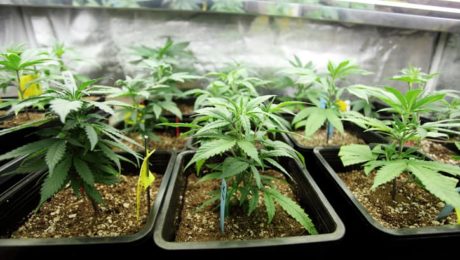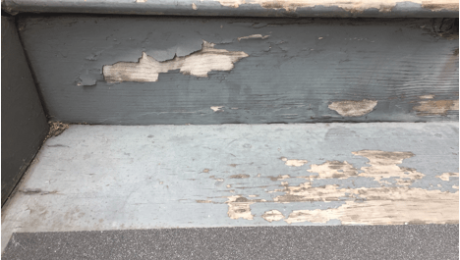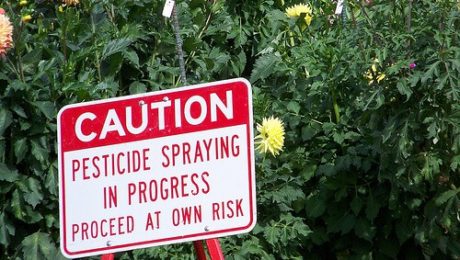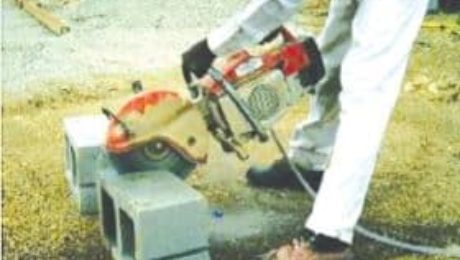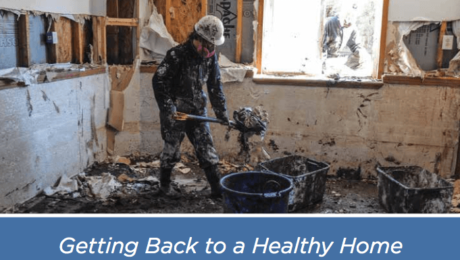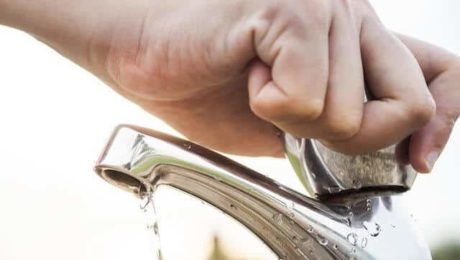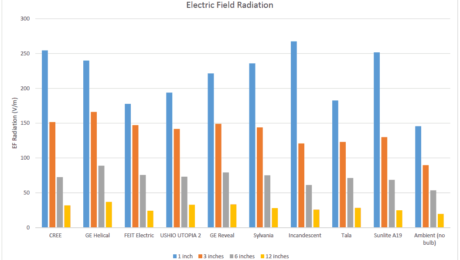Cleaning Up a Cannabis Grow Operation
Thursday, 15 November 2018
With the legalization of marijuana, some black-market growers are abandoning their illegal cannabis grow operations. Grow ops, often set up in rented properties, can leave a mess for landlords to clean up. Many of these properties are put up for sale and then become the responsibility of the home buyer. Identifying a grow op is
- Published in Environmental Testing, Healthy Building Inspections & Testing
No Comments
Soil Testing and Contamination Top 10
Friday, 09 November 2018
Top 10 things people should know about soil quality and soil contamination: Site history matters! If your lot is over an orchard, old landfill or leaking underground storage tank, there will likely be pollution indicators present. Building history matters. If there is (or was) a structure built before 1980 on the property, there have likely
- Published in Environmental Testing, Healthy Building Inspections & Testing
Home Renovation: Tips for How Avoiding Lead Dust When Doing Repairs Yourself
Friday, 09 November 2018
How To Avoid Lead Dust During Home Renovations Containment, Wet Methods, HEPA Vacuum and Prompt Clean-up are the main work practices to follow in order to reduce exposure to lead dust during renovation. Sticking to these concepts will help avoid most common pathways of exposing your family to lead dust. Whether or not the paint
- Published in Environmental Testing, Healthy Building Inspections & Testing
Pesticides – To Spray Or Not To Spray?
Friday, 29 December 2017
Pest Problem? Before you reach for the pesticides, bug spray, or call an exterminator, consider that once you’ve sprayed, pesticide residue can remain years later. Luckily, there are resources to help inform you whether you want to use them in the first place and what to do after the fact to limit exposure and clean
- Published in Environmental Testing, Healthy Building Inspections & Testing
New OSHA Silica Testing Requirement in Effect
Wednesday, 25 October 2017
New OSHA Silica Testing Requirement in Effect OSHA has issued two standards (“rules”) to minimize exposure to respirable crystalline silica. One rule applies to construction trades, and the other to general industry and maritime workplaces. This blog focuses on the new OSHA Silica Testing requirements for the construction industry. September 23, 2017, kicked off enforcement for
- Published in Environmental Testing, Healthy Building Inspections & Testing
Cleaning After Fire
Wednesday, 18 October 2017
Cleaning After Fire The October 2017 California Fires in Northern California were devastating. Northern California will be dealing with the death and destruction of recent wildfires for years. The immediate life safety concerns about fire are obvious and frightening, but what many don’t realize is that returning to fire damaged buildings is also hazardous. Cleaning
- Published in Environmental Testing, Healthy Building Inspections & Testing
SF Water Supply & Ground Water Testing
Wednesday, 19 July 2017
San Francisco Water Supply, New Chemicals & Ground Water Testing For the first time in nearly nine decades, San Francisco is blending local groundwater with Hetch Hetchy Reservoir water, sourced from over 167 miles away. For some, this change has been hard to swallow as San Francisco residents have long held bragging rights to exceptional
- Published in Environmental Testing, Healthy Building Inspections & Testing
Dirty Electricity from LEDs
Monday, 05 June 2017
Dirty Electricity from LEDs People interested high fidelity sound systems or low-EMF environments want to minimize electromagnetic interference (AKA: EMI, High-Voltage Transients, Electrical Noise, and Dirty Electricity) from lighting systems. Compact fluorescent lightbulbs (CFLs) – the curly pig tail variety with some mercury in them – are notoriously “dirty” and create significant EMI (Electromagnetic Interference).

